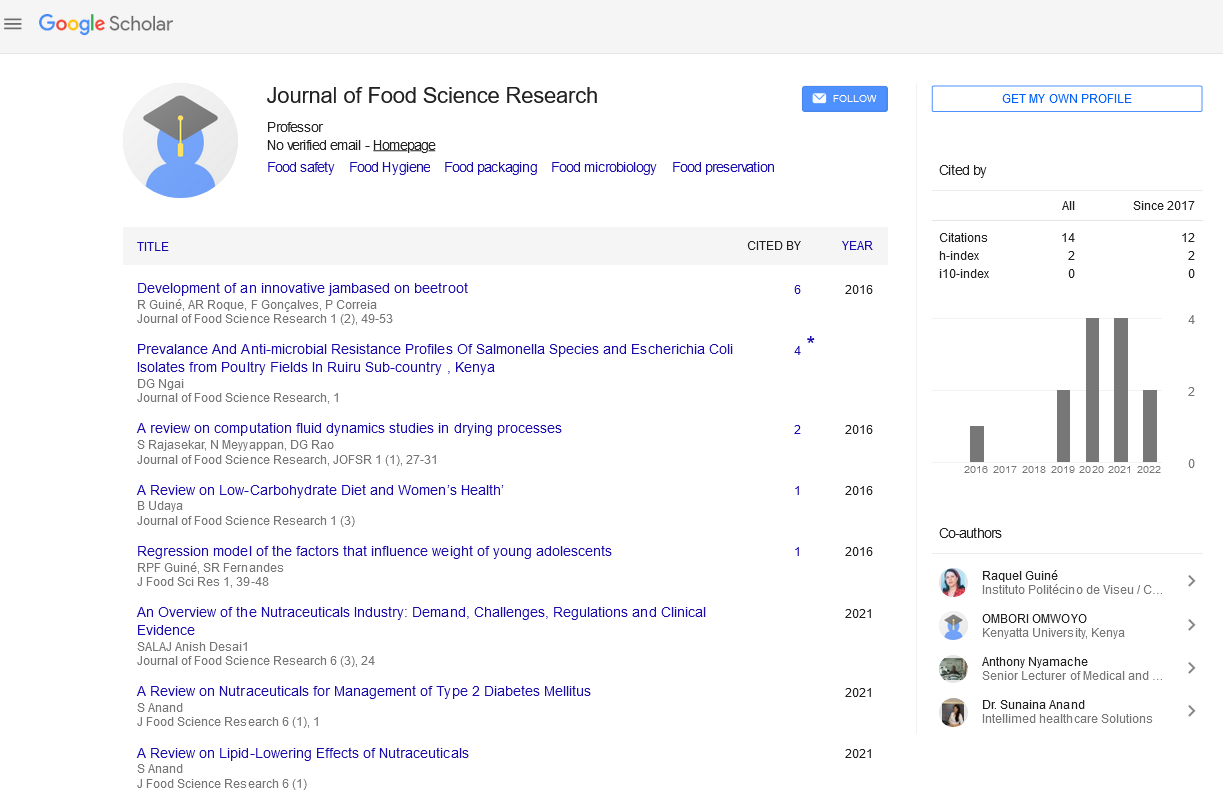摘要
2019年食品科技-饮食失调及其引起的症状和治疗可能性。你在哪里恢复,恢复的真正含义是什么?
作者(年代):伊莎贝尔Plasmeijer问题陈述:神经性厌食症是最致命的精神疾病之一。大约10%的患者死于疾病或自杀。饮食失调有很多种形式。大多数人知道的是神经性厌食症,但也有暴食症,暴食症和OSFED(其他特定的喂养和饮食障碍)。尽管厌食症和贪食症容易发病,但实际上,在美国2400万例饮食失调诊断中,OSFED占了70%。患有OSFED的人可能被诊断为这样,因为她不完全符合厌食症或贪食症的标准。患有OSFED的人可能同时有这两种疾病的一些症状,但还没有严重到需要诊断的程度。人们患上饮食失调症的原因多种多样,包括欺凌、家庭暴力、创伤后应激障碍(PTSD)和酒精依赖。许多研究者对该病的病因、治疗、手术和病人护理进行了研究。不幸的是,目前还没有找到治愈方法。 Over the course of 5 years Isabelle has writer en 3 books. The last book she wrote focusses on the limiting beliefs a person with an eating disorder has. It reveals the beliefs, excuses and fears that people suffer from such as “I am not sick enough to get help”, “If I recover now, everyone will think I dramazed all the me”, “I can’t live without my eating disorder. I need it to get by”. The main characteristics of people suffering from an eating disorder are that they are; caring, pleasers, perffionalist, insecure, low self-esteem, over achievers. In therapy Isabelle beliefs helping a person to eat are simply not enough. Eating disorders are not about food or eating.

